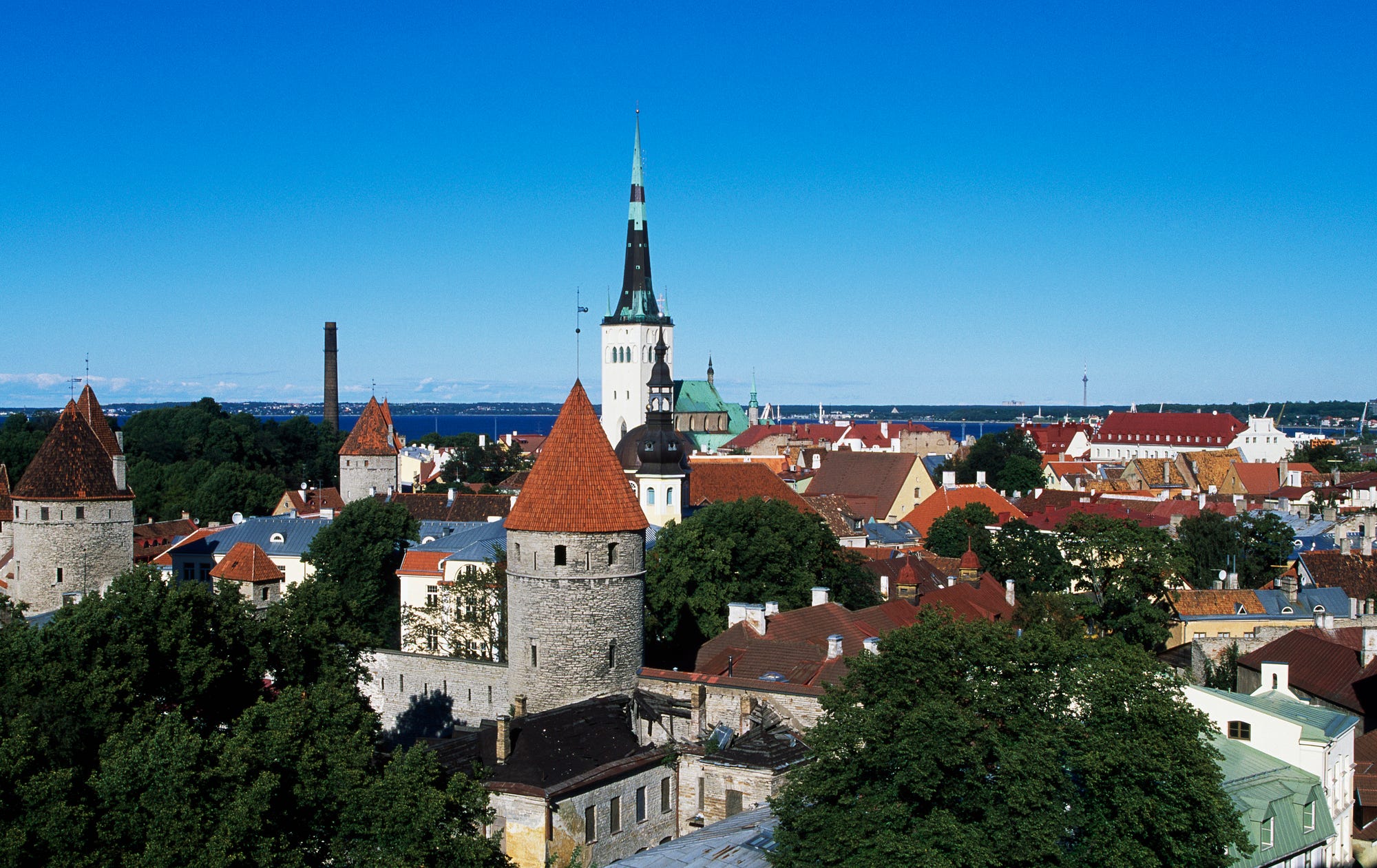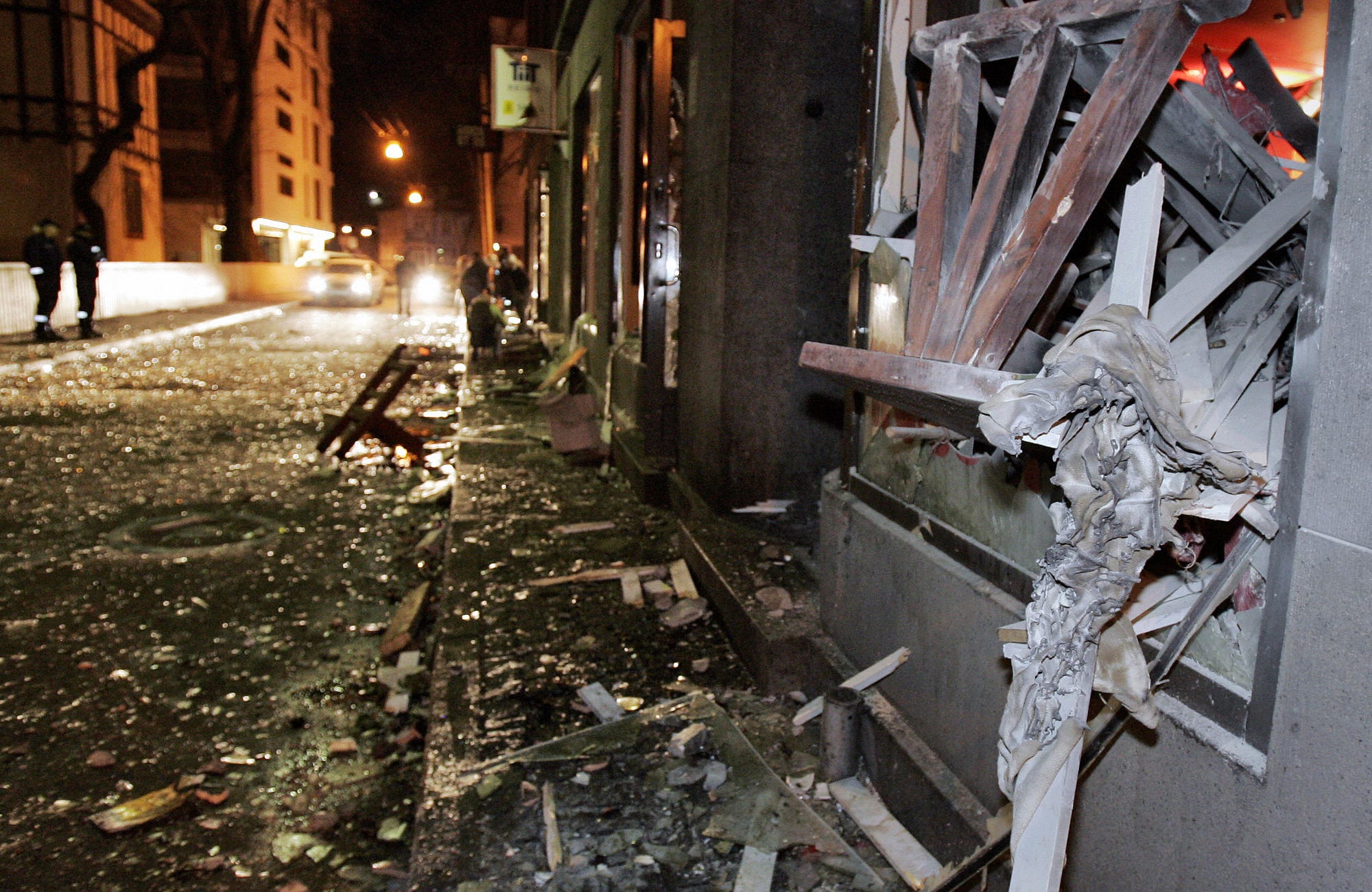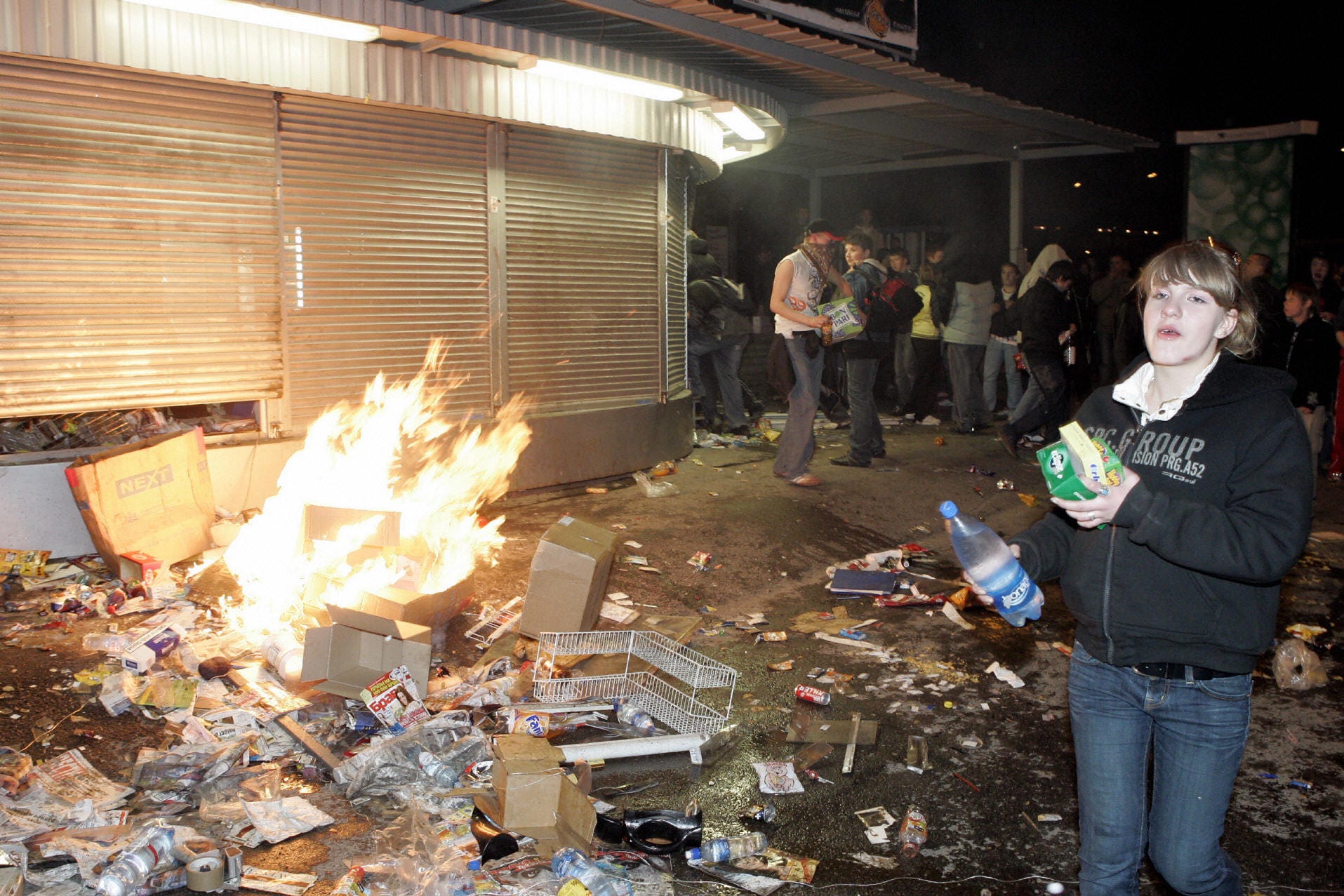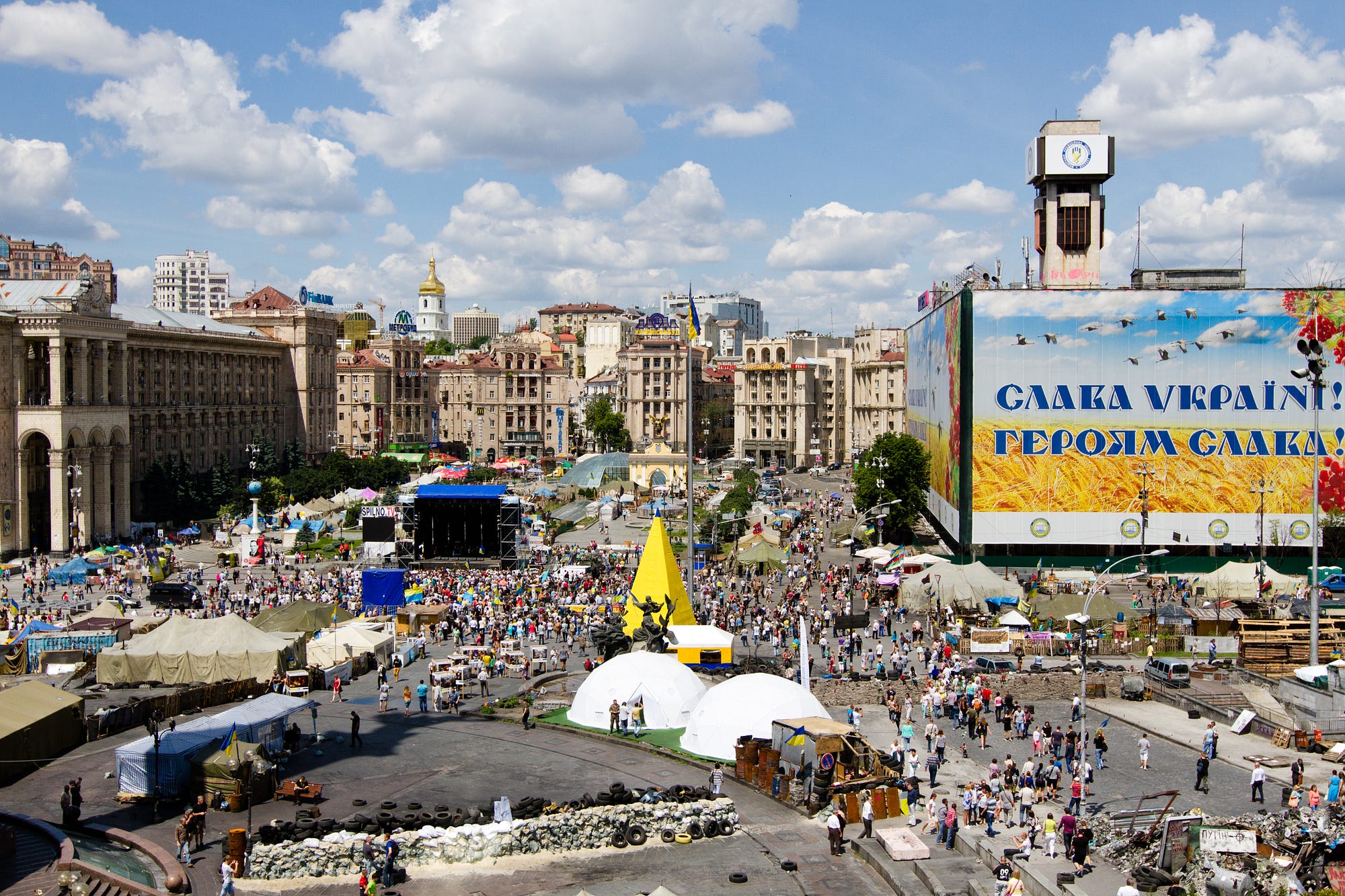Tobias Stone
 Weare 10 years into a war. A war most people don’t realise is happening, and which our governments are only just beginning to see. This is the Great Cyber War.
Weare 10 years into a war. A war most people don’t realise is happening, and which our governments are only just beginning to see. This is the Great Cyber War.
If this was a conventional war, by now your street would have been bombed, friends would have been killed at the Front, and food would be running short. But this is a new war, a hybrid war, an information war. So instead, you are confused. Whenever you think you are sure of something, someone else will either counter it with an alternative truth, or will disagree with you so strongly that you wonder if your take on reality is correct. Our houses are still standing but our perception lies in ruins.
The Great Cyber War started in 2007, and developed into two fronts. The Eastern Front began when Russia cyber-attacked Estonia, and the Western Front when Robert Mercer and Cambridge Analytica used social media to manipulate the Brexit Referendum, and then, alongside Russia, the Trump election. Along the way a smaller South Eastern Front opened up when kids in Macedonia realized they could cash in on the chaos. Other countries and dictators are also carving out their bits of the action, but the main war is Russia in the East, and Mercer in the West. Through highly targeted uses of Facebook and Twitter to disseminate fake stories, these forces have been working to undermine the democratic and open world order that rose from the ashes of the Second World War. In its place they seek to create a state of chaos, uninhibited capitalism, authoritarianism, and nationalism.
This is the story of the Great Cyber War. In writing about it I link to articles that go into much more detail about each part of the story. If you want to understand what’s happening right now, you have to read a lot and connect the dots. What should we make of Brexit and Trump when it’s now clear they were the prefered outcomes of the Russian intelligence services, and a coterie of secretive billionaires?
Traditionally, war is a noisy thing. Bombs and guns are loud, and tanks and soldiers are pretty obvious wherever they go. When Hitler started to invade Germany’s neighbours, whether they surrendered or fought, in the end either columns of soldiers and tanks rolled noisily along the roads, or planes dropped bombs and the armies made a lot of noise. Wars cause damage. There is no doubt about war; people die, cities get destroyed. It is an ugly, noisy, violent thing.
But people slept through the beginning of the Great Cyber War. It made no noise. No one was killed. Cities remained intact. Most people didn’t even realise the Great Cyber War was happening, even when it was happening to them. It began quietly in a small country in North East Europe a decade ago.
ESTONIA 2007
In 2007, Prime Minister Andrus Ansip of Estonia decided he would move the Bronze Soldier — a statue of the fallen Russian soldier that stood in the middle of his country’s capital, Tallinn. On the surface, this was a reasonable thing to do. Estonia had been occupied by Russia and Stalin transported Estonians to gulags in Siberia as part of a plan to suppress the Estonian language and culture.
But Ansip was also a politician, and the Bronze Soldier was a touch-paper. Estonians, still angry about how they had been treated by Russia, wanted the statue out of the centre of their Capital. Why should they celebrate the heroes of a war that had left their country occupied and brutalised? But for Russians, the removal of the Bronze Soldier was yet another affront, a reminder that since the end of Communism they had been relegated to second-class citizens. Arguably the whole thing was handled badly, but unrest was also provoked in a way that would now be familiar to us, but then was a mystery.
On the night work began to move the statue, a small number of police encircled it as it was excavated to be moved to a cemetery on the edge of town. Protests turned to riots, and Tallinn fell into chaos for the night. Mysteriously, Russians across Tallinn were receiving text messages encouraging them to take to the streets. Back then, before we knew what we now know, it didn’t occur to anyone to wonder where these messages came from. At the same time, Nashi, a “youth NGO” sponsored by Putin’s Kremlin, formed violent protests outside the Estonian Embassy in Moscow, and the Estonian Ambassador was attacked as she left the building. The riots were accompanied by a serious and coordinated cyber attack against government websites, banks, and the media. Estonia considered it an act of war, and contacted NATO.
This was not the sort of military attack NATO was set up to repel; there were no tanks, no soldiers, no planes, no bombs. It was not grounds to trigger Article 5. Discussion developed about whether this constituted an attack, or act of war, and these led to the NATO cyber defence centre being established in Estonia, to monitor the situation and plan for future attacks.
GEORGIA 2008
In 2008, what appeared to be an anomaly with Estonia was repeated in Georgia. This time the cyber attacks came alongside actual military attacks. Whilst Russia denied sending their army to attack Georgia, in a move that was to set a precedent later in Ukraine, they argued that soldiers had been volunteering, and that Russia itself had only sent in Peace Keepers. This early example of hybrid warfare, mixing apparent mercenaries, cyber attacks, and military intervention legitimised under the guise of protection and peace keeping, destabilised Abkhazia and South Ossetia, and undermined Georgia, including preventing it from joining NATO. This left the area in what came to be called a “frozen conflict,” an engineered situation that prevents a region from joining organisations like NATO, thwarting progress.
One reason Estonia had been attacked back in 2007, three years after joining the EU, was because it was doing too well. Russia could not afford other satellite countries thinking that leaving Russia’s orbit, and joining Europe and NATO, would lead to stability, wealth, and democracy, as Estonia’s incredible success since 1991 had shown. Such a pattern might lead to countries still under Russia’s sway to face West and pull out of Russia’s orbit. Indeed, such successes just over the border might even lead to unrest within Russia itself, as street protests from 2011 were beginning to show.
Estonia and Belarus had both started their journey at the same time, after the fall of Communism. One had embraced capitalism, democracy, and modernity with full vigour, while the other embraced old-style Communist dictatorship with equal drive. One had joined NATO and the EU, firmly turning away from Russia, whilst the other had been shunned by the world, and remained closely tied to Russia. As Wired suggested, this provided an A-B test for the two routes for a post-Soviet country. The comparison between the two states paints a picture that contradicts Putin’s message to his people, and to the satellite states Russia still tried to control. Escaping Russia had led Estonia to take off and fly, whilst Belarus had stagnated. Putin needed countries like Estonia to be less successful, or even better to fail.
Putin’s grip on power relied on the Russian people believing in the social contract he’d propagated, that they give up their freedom in return for Putin making Russia stable and successful. His argument was that if Russia tried to become a Western style democracy it would collapse into chaos, as it had done after the fall of Communism.
Russia could not directly invade countries like Estonia, and risk taking on NATO; Russia has an economy the size of Italy, and until recently a dilapidated military, so direct confrontation wasn’t an option. So they devised a way to undermine countries, chipping away at them: Hybrid Warfare.
UKRAINE 2014
This experimentation with hybrid warfare, and that fear of Russian satellites turning to the West, in particular joining the EU and NATO, came to a head in 2014 when the Ukrainian people removed the Kremlin-backed leader, the deeply corrupt Viktor Yanukovych (who paid out $2 billion in bribes during his four years in office). This posed a risk both of Ukraine leaving the grips of Russia and becoming a success like its neighbour Poland, and of inspiring a similar rebellion against Putin himself. Hybrid warfare and the creation of “frozen conflicts” came of age with Ukraine.
The war in Ukraine was not just a military intervention, but the result of a coordinated information war. There was so much misinformation it is easy to forget this fact, which is the point of bamboozling people with contradictory stories and facts. Igor Strelkov, the agent sent into the Donetsk, the Eastern region of Ukraine, by Russia to foment dissent, later turned against Putin, andadmitted his role. In interviews, he later said:
“Donetsk did not fight and was not preparing to…life was absolutely peaceful there, before we left Sloviansk, the Ukrainian side did not prepare to assault Donetsk, they estimated that it would return to them peacefully. No-one wanted to make war at first… but in April and May [of 2014] everything was building up, and the rebellion area was expanding. We were gradually taking control of populated areas of the Donetsk Republic.”
The campaign was directed by Putin’s strategist, Vladislav Surkov, the architect of Putin’s Russia, and of the strategy of sowing chaos and confusion that has developed into Russia’s main weapon. Alongside the military action, Ukraine also suffered then, and has continued to suffer, massive cyber attacks. Their banks, transport systems, energy grid, and more have been hit in the years after the war was started. One attack cut power to over 250,000 people, prompting Wired Magazine to suggest Ukraine had become “Russia’s test lab for cyber warfare.”
By now, the Great Cyber War was well established. The war had started in 2007 in Estonia, and now peaked in 2014 with a full-scale military operation in Ukraine, leading to the shooting down of a passenger airline by Russian army missiles, and the seizing of Crimea, an island off Ukraine’s Southern coast with a population similar to the European country of Latvia. It was the first time a country had taken land from another country by force since the Second World War.
Now at this point you may think I am wrong, or this didn’t happen, or it didn’t happen like that. You may question whether the MH17 was shot down by Russia, or may point out that there was a referendum in Crimea, and the people voted to leave Ukraine. You may also argue any number of conspiracy theories about the war in Ukraine.
You have been info-bombed.
Around the Ukraine war, vast amounts of misinformation, false propaganda, and conspiracies were churned out by Russia, as part of their Hybrid War. This was a system already set up years back, based on Soviet and KGB practices, and honed for the modern era in Estonia and Georgia.
A recent report published by NATO, and authored mainly by Estonian officials, looks back at what happened, and is happening in Ukraine. It concluded that:
“Russian information operations skilfully target a wide range of audiences with different beliefs and convictions. The anti-Ukrainian approach relies on a variety of stylistic forms and nuances. It can take on the form of sensationalism and blaming… or use a more restrained approach. In addition to the content of the messages, Russian technically ensures that certain messages reach specific audiences and others do not.”
They include the recommendation that we must stop taking Russia seriously as an exporter of “alternative opinions,” because it is a country where there is no democracy or freedom of speech, and therefore it is able to propagate lies unrestrained and unchallenged.
As an example, the BBC reported in November 2017 about the St Petersburg “Internet Research Agency,” the Kremlin-backed troll factory, being involved with fake videos being produced to fan the flames of the conflict in Eastern Ukraine:
“The Russian Liberation Movement videos were distributed through seven fake accounts on the Russian social network VK. The accounts used false names and photographs of random people as profile pictures. The accounts were opened just a few days before the material appeared and were largely reposting entertainment content in an effort to look ‘real.’
BBC Russian also found that a social media account sharing the material was computer generated and belonged to a botnet--a large controlled network of social media accounts.”
A mainstay of Information Warfare is that for every true story or fact, numerous other contradictory stories are pushed out. It is immaterial whether they are believable, or believed, vaguely true or total fantasy. The aim is to bury the truth in a messy pile of crap, so nobody can work out what is true at all. We shouldn’t be surprised, as this method is no secret; it’s called theGerasimov Doctrine and was written up in 2013 by the Russian General, Valery Gerasimov, in a report. He explained:
“The very ‘rules of war’ have changed. The role of non-military means of achieving political and strategic goals has grown, and, in many cases, they have exceeded the power of force of weapons in their effectiveness. … All this is supplemented by military means of a concealed character.”
On Twitter, Putin opponent and famous chess player Garry Kasparov explained it thus:
“The point of modern propaganda isn’t only to misinform or push an agenda. It is to exhaust your critical thinking, to annihilate truth.”
We end up wasting time arguing about which story or fact is true or not, rather than addressing any core issues. That is precisely the intention of those bombarding us with conflicting facts. We are increasingly distracted by falling down rabbit holes of argument about what did or didn’t happen, all of which is designed to distract us from what is actually happening. Surkov and Gerasimov have told us this, but they are so good at it that they can explain to us in detail that they are about to con us, and still con us despite that.
And so Russia managed to get away with invading Ukraine. Putin later proudly admitted that he had in fact invaded Ukraine and seized Crimea, despite denying previously that his “little green men” and disruptive touristswere Russian soldiers. Lying to the world, then admitting to that lie, and still getting away with it is as much a reflection of his audacity as of our stupidity.
By now you’d have thought people would have noticed something was going on. If this Great Cyber War had been a conventional war, by now we’d all have been mobilised. Three countries had been attacked, a civilian airliner had been shot down, part of Ukraine had been taken by force. The thing that connected all this was Russian information and cyber warfare. We were all lost in arguing about who shot the plane down, whether Crimea chose to join Russia or was invaded, whether the CIA had been behind the protests in Kiev, whether the Russians in Eastern Ukraine were soldiers or tourists. And all the while we were distracted by the mad propaganda stories spreading over social media. We were distracted by the white noise from the simple reality that Russia had invaded Ukraine, seized Crimea by force, and shot down a passenger plane.
Some voices were trying to shout through the noise, but they were not the headlines, and anything they posted online was attacked by pro-Russian comments, which we now know were coming either from Russian “social media factories,” or from Russian bots, which automatically post again and again to swamp the other real comments.
Meanwhile, Russia stepped into a new arena, backing Syrian dictator Bashar al Assad. A popular rebellion against him threatened to remove a Russian ally from the Middle East. The ensuing war also offered Russia a chance to show its military might in full public view, and position itself as a relevant player in world affairs. It also triggered an event that was to rock Europe.
The Russian-backed war in Syria led to a humanitarian crisis that slammed into Europe, unsettling it to its very core. The flood of refugees challenged the liberal order in Europe, and cornered some of its leading politicians.
Through all this chaos we did not notice the Great Cyber War, but all of this was the Great Cyber War. These were all connected events, battles of the same war, parts of the same plan.




No comments:
Post a Comment